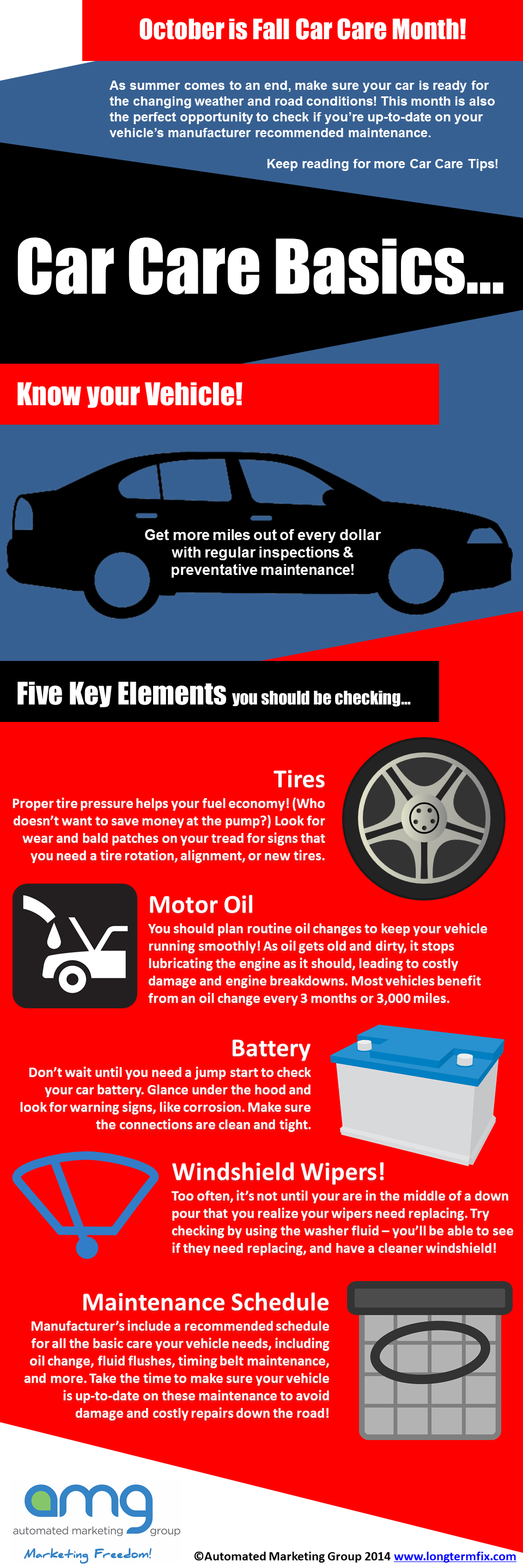Translating Your Vehicle'S Warning Indicators: What They Truly Symbolize
Translating Your Vehicle'S Warning Indicators: What They Truly Symbolize
Blog Article
Material Composed By-Higgins Winters
When you're behind the wheel, those glowing caution lights on your control panel can be a bit complicated. Do you know what they're attempting to tell you about your automobile's health? Recognizing the relevance of these lights is crucial for your security and the longevity of your car. So, the next time among those lights pops up, would not you intend to decode its message precisely and take the essential steps to address it?
Common Warning Lights and Interpretations
Determine common warning lights in your automobile and recognize their meanings to guarantee risk-free driving.
One of the most common warning lights include the check engine light, which indicates problems with the engine or exhausts system. If this light begins, it's crucial to have your lorry checked quickly.
The oil pressure cautioning light indicates reduced oil stress, calling for prompt focus to avoid engine damage.
A blinking battery light could recommend a defective charging system, potentially leaving you stranded otherwise dealt with.
The tire stress surveillance system (TPMS) light alerts you to reduced tire stress, influencing vehicle stability and gas performance. Neglecting this could result in unsafe driving conditions.
The abdominal muscle light indicates an issue with the anti-lock braking system, compromising your ability to quit quickly in emergency situations.
Finally, the coolant temperature warning light warns of engine overheating, which can result in serious damages otherwise settled swiftly.
Understanding these typical caution lights will help you address problems promptly and maintain risk-free driving problems.
Relevance of Prompt Attention
Comprehending the typical caution lights in your automobile is only the primary step; the relevance of quickly dealing with these warnings can not be highlighted sufficient to ensure your safety when driving.
When a warning light illuminates on your dashboard, it's your automobile's method of communicating a prospective concern that requires interest. Overlooking these warnings can result in much more extreme problems down the road, compromising your safety and potentially costing you a lot more out of commission.
Motivate attention to advising lights can protect against malfunctions and mishaps. For instance, a flashing check engine light could suggest a misfire that, if left ignored, might cause damages to the catalytic converter. Resolving this quickly can save you from an expensive fixing.
Similarly, car interior cleaner nz cautioning light might indicate low brake liquid or worn brake pads, critical parts for your safety and security when driving.
DIY Troubleshooting Tips
If you see a caution light on your dashboard, there are a few do it yourself repairing tips you can attempt before seeking expert help.
The primary step is to consult your cars and truck's manual to understand what the certain warning light indicates. Occasionally the concern can be as basic as a loosened gas cap activating the check engine light. Tightening you can try these out might fix the trouble.
Another typical issue is a reduced battery, which can set off different alerting lights. Examining the battery connections for deterioration and ensuring they're safe may fix the problem.
If a caution light persists, you can try resetting it by disconnecting the auto's battery for a couple of mins and then reconnecting it. Furthermore, inspecting your vehicle's fluid degrees, such as oil, coolant, and brake liquid, can help repair warning lights associated with these systems.
Verdict
In conclusion, understanding your automobile's warning lights is essential for maintaining your vehicle running efficiently and safely. By quickly addressing these notifies and knowing what they mean, you can avoid expensive fixings and prospective breakdowns.
Keep in mind to consult your cars and truck's handbook for particular information on each warning light and do something about it accordingly to make sure a trouble-free driving experience.
Keep informed, stay risk-free on the road!
